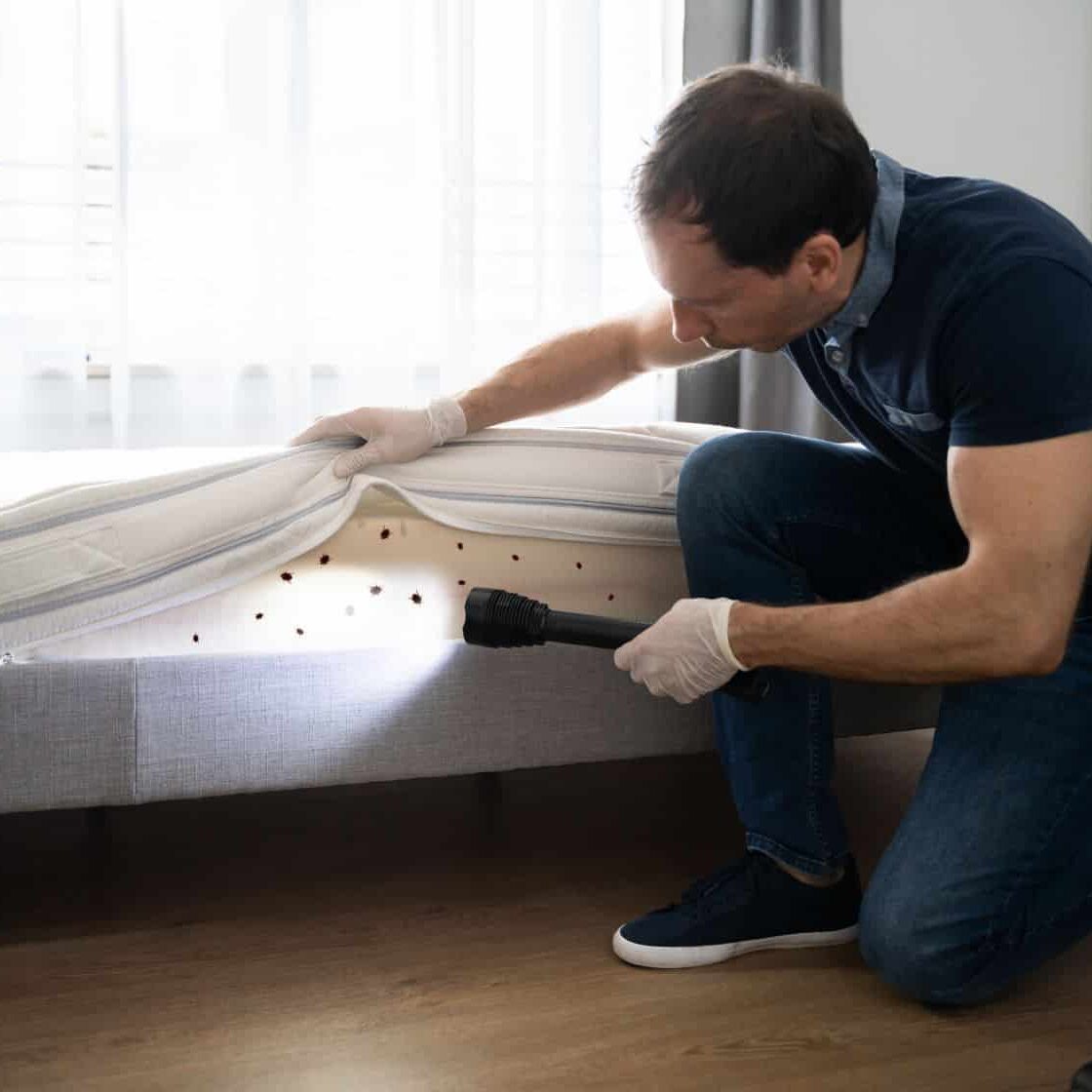
Bed bugs are not only a nuisance but also a health hazard. These small, reddish-brown insects feed on human blood and can cause itchy red bites that can lead to secondary infections. Bed bugs are notoriously difficult to detect and eliminate, making them a persistent problem for many homeowners and travellers.
Bed bugs are not just confined to beds and mattresses. They can hide in various locations, making it challenging to eradicate them completely. They can infest homes, hotels, hostels, and even public transportation. Bed bugs have become a significant public health issue, and knowing how to identify them and where they are likely to hide is essential.
Identifying Bed Bug
In part one of this article, we will explore where bed bugs can be found. We will discuss common bed bug hiding spots in homes, hotels, and other locations. By understanding where bed bugs hide, you can take steps to prevent an infestation from occurring in the first place.
Identifying Bed Bugs
Before we discuss where bed bugs can be found, it is essential to know how to identify them. Bed bugs are small, flat, and oval-shaped insects. They are usually about 5-7mm long and 2-3mm wide, with a reddish-brown colour. Bed bugs have six legs, two antennae, and a beak-like mouthpart, which they use to suck blood from their hosts.
Bed bugs are known for their elusive behaviour, which makes them challenging to detect. They are most active at night and can hide in cracks, crevices, and other tight spaces during the day. The first signs of a bed bug infestation are often small red bites on the skin, bloodstains on sheets or pillowcases, and dark spots on bedding or walls.
Now that we know how to identify bed bugs, let’s explore where they can be found.
Where Do Bed Bugs Live?
Bed bugs can be found in various locations, but they prefer to live in areas where they can easily access their hosts. They are attracted to warmth, carbon dioxide, and other chemicals produced by humans.
1. Beds and Mattresses
Beds and mattresses are the most common places for bed bugs to live. They can hide in the seams, tufts, and folds of mattresses, box springs, and bed frames. Bed bugs can also hide in pillows, blankets, and sheets. They are attracted to the warmth and carbon dioxide produced by sleeping humans.
2. Furniture
Bed bugs can hide in furniture, such as couches, chairs, and dressers. They can hide in the seams, cushions, and folds of furniture. Bed bugs can also be found in electrical sockets, picture frames, and baseboards near furniture.
3. Luggage and Clothing
Bed bugs can hitchhike on luggage and clothing, making them easy to transport from one location to another. They can hide in the seams and pockets of luggage and in the folds of clothing.
4. Public Transportation
Surprisingly, you can also find bed bugs on public transportation, such as buses and trains. They can hide in the seats, carpets, and overhead compartments of these vehicles.
5. Offices and Schools
Bed bugs are also present in offices and schools, where people sit or lie down for extended periods. They can hide in chairs, desks, and carpets.
Conclusion
Bed bugs are elusive insects that can be challenging to detect and eliminate. They can hide in various locations, including beds and mattresses, furniture, luggage and clothing, public transportation, and offices and schools. Knowing where bed bugs can be found is the first step in preventing and eliminating a bed bug infestation.
If you find signs of a bed bug infestation in your home, don’t panic. Bed Bug Barrier offers a non-toxic DIY bedbug solution that has a long-term effect. Place an order now and solve your bed bug problem permanently!
Are You Looking for an Organic DIY Treatment?
Watch Our DIY Treatment Video For An Ensemble Bed
Watch Our DIY Treatment Video For A Bed with Slats



Leave a Reply